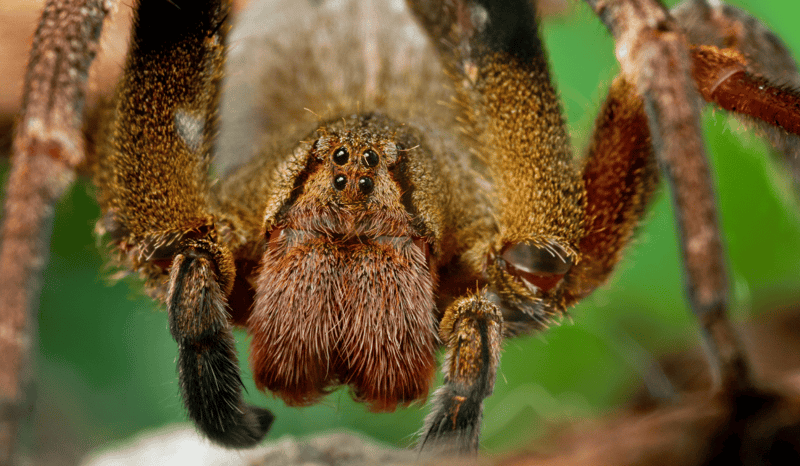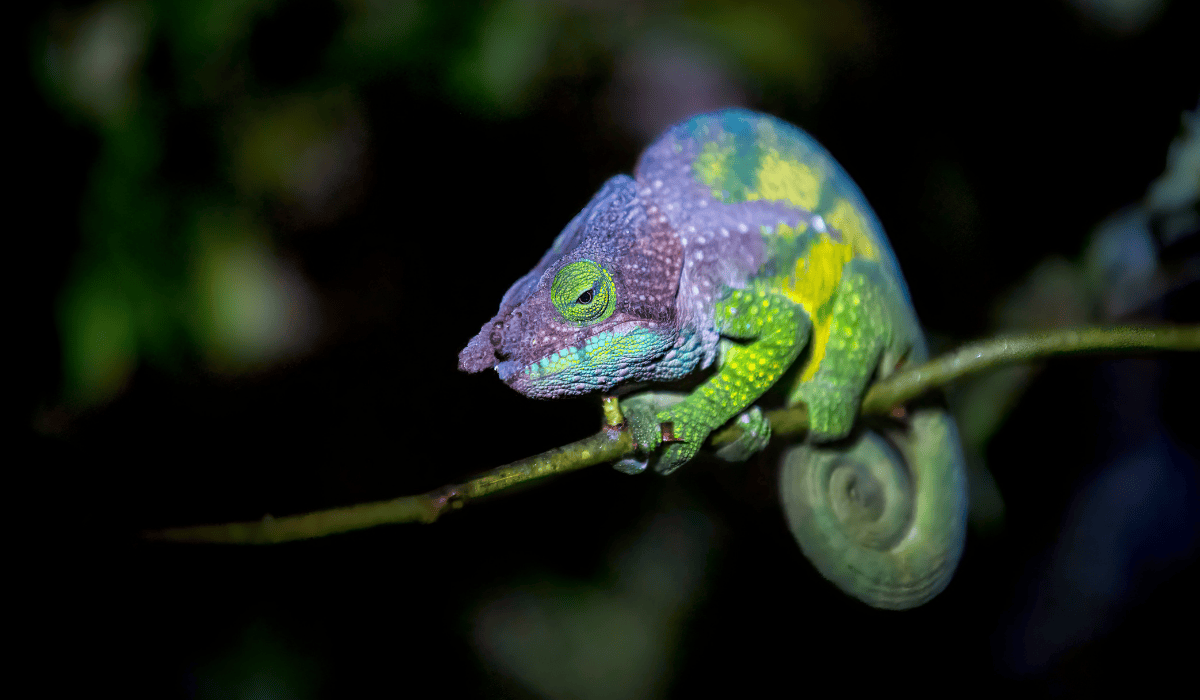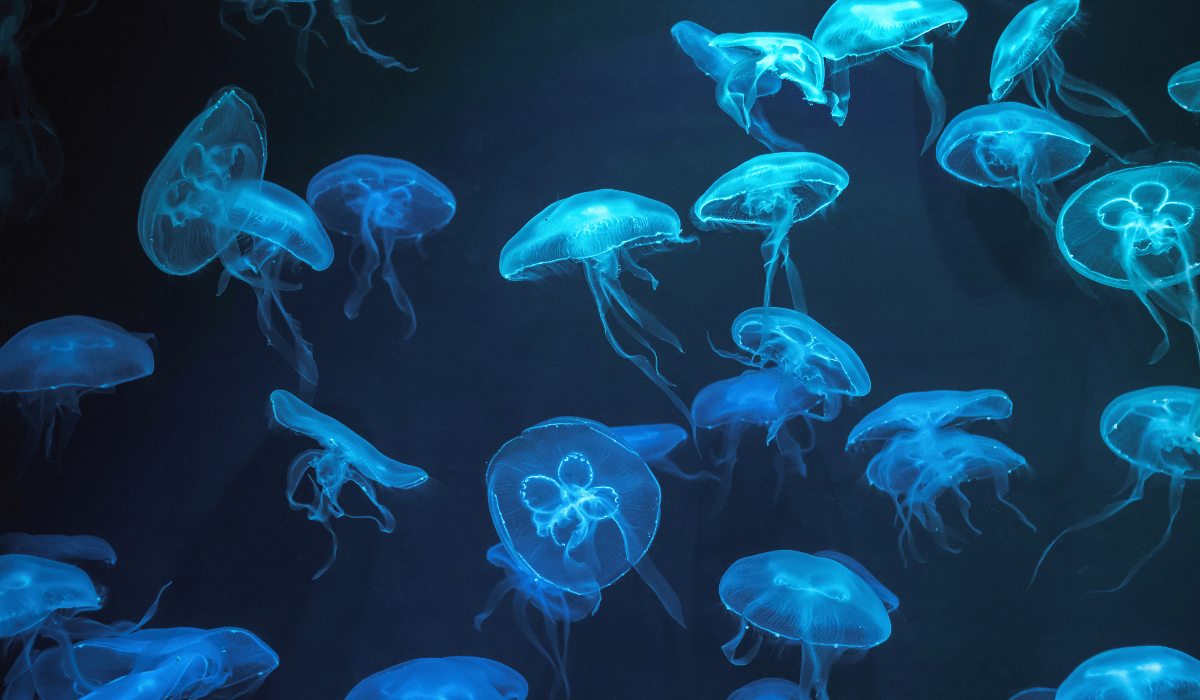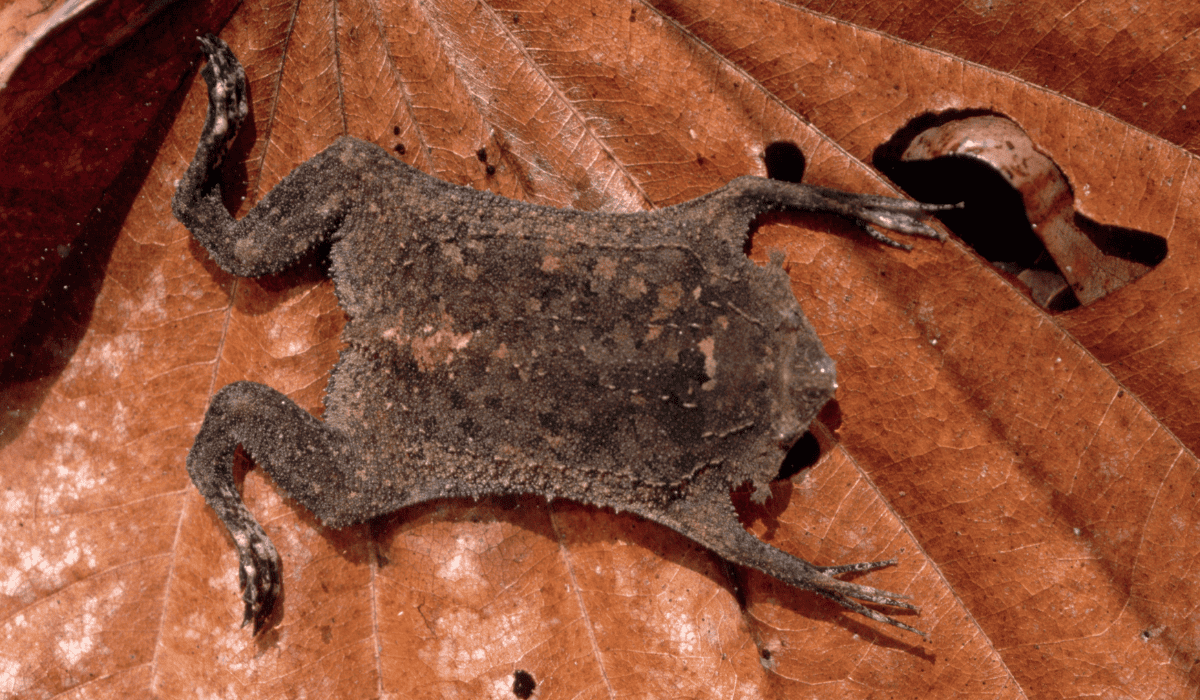
Discover spooky animal facts this Halloween! From glowing deep-sea animals to nocturnal hunters, explore eerie wildlife wonders and learn why protecting animals matters.
Halloween is here, and while ghosts, goblins, and witches usually steal the spotlight, the animal kingdom has its own share of eerie, bizarre, and downright spooky secrets. From animals that glow in the dark to masters of disguise, nature’s mysteries are scarier than any haunted house. Here are some chilling—and totally real—animal facts that might make you see wildlife in a whole new light.
Animals of the Night

Bats are the classic Halloween symbol—and not just because of Dracula. These nocturnal navigators use echolocation to fly effortlessly in the dark, hunting insects with uncanny precision. But here’s the spooky part: some bat species can live for over 30 years, defying what we typically expect for small mammals. That’s longer than many dogs, and in bat years, that’s practically immortal!
Masters of Disguise

Chameleons are famous for their color-changing skills, but did you know some species can shift their skin color in just a few seconds? This isn’t just for style—it’s survival. Camouflage helps them avoid predators, sneak up on prey, and even communicate with other chameleons. Talk about a shape-shifting spell worthy of any witch!
Glowing Ghosts of the Deep

The ocean is full of animals that seem straight out of a Halloween tale. Bioluminescent animals, like the deep-sea anglerfish or glowing jellyfish, produce their own light to lure prey—or warn predators to stay away. Imagine swimming in the dark, only to see tiny, eerie lights flicker all around you. Nature’s own haunted underwater realm!
The Cursed Callers

Some frogs and toads have calls that are so strange they could haunt your dreams. The Surinam toad, for instance, gives off eerie clicking sounds underwater to communicate. And the male túngara frog? Their calls have a “chuck” at the end that sounds almost like a ghostly chuckle in the night.
Deadly Tricks

Spiders are Halloween staples, and for good reason. The Brazilian wandering spider isn’t just terrifying (to some) to look at—they have venom potent enough to paralyze their prey. Meanwhile, the Australian funnel-web spider’s fangs can pierce a human nail. These arachnids remind us that nature can be both beautiful and deadly.
Why Protect These Spooky Species
As much as these animals fascinate us, many face real-world threats—habitat loss, climate change, and human exploitation. At World Animal Protection, we know that every species, spooky or not, plays a critical role in the web of life. Protecting wildlife ensures these eerie, extraordinary animals continue to thrive—and that future generations can marvel at their haunting beauty.
This Halloween, take a moment to appreciate the wild, the weird, and the wonderful. From nocturnal hunters to glowing deep-sea ghosts, animals bring their own kind of magic to our world. And remember: real-life wildlife is far more mysterious—and more deserving of our protection—than any costume or decoration.